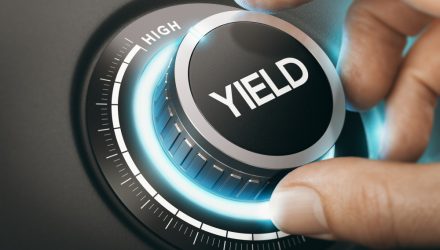High yield bond issues have been surging after the U.S. Federal Reserve decided to backstop junk debt as part of their economic stimulus efforts. Is there too much optimism fueling the bounce in high yield or the rally sustainable?
“The surge in issuance follows an even bigger boom in new sales of investment-grade bonds, as businesses of all stripes try to stock up on funds to weather a period in which many can expect little to no incoming cash flow. Bond sales have continued despite volatility in oil prices, with investors largely separating the problems of energy companies from those in other sectors,” a Wall Street Journal report noted. “Speculative-grade companies—which tend to have large debt loads, challenged business operations or both—had gone most of March without issuing new debt, after investors dumped their bonds and potential borrowing costs skyrocketed.”
“Along with other assets like stocks, high-yield bonds have been boosted by government and central bank policies. Those include the Federal Reserve’s promise to buy investment-grade corporate bonds and even some lower-rated bonds, provided they were only recently downgraded,” the report added further. “Investors’ analysis of history has also helped. Over the past three decades, high-yield bond investors have been able to generate some of their best returns in the months after large selloffs pushed spreads to about 9 percentage points.”
Investors looking to add high yield bond exposure to their ETF portfolios can look at the iShares iBoxx $ High Yield Corporate Bond ETF (HYG) and the SPDR Bloomberg Barclays High Yield Bond ETF (JNK). These funds allow investors to get high yield bond exposure without actually purchasing the debt itself.
An Active, Investment-Grade ETF Option
If high yield is too much risk to bear, investors can opt for an investment-grade option like the Principal Investment Grade Corporate Active ETF (IG). IG seeks to provide current income and, as a secondary objective, capital appreciation.
Additionally, the fund is an actively managed ETF that seeks to achieve its investment objective by investing, under normal circumstances, at least 80% of its net assets, plus any borrowings for investment purposes, in investment grade corporate bonds and other fixed income securities at the time of purchase. “Investment grade” securities are rated BBB- or higher by S&P Global Ratings (“S&P Global”) or Baa3 or higher by Moody’s Investors Service, Inc. (“Moody’s”) or, if unrated, of comparable quality in the opinion of those selecting such investments.
For more market trends, visit ETF Trends.

